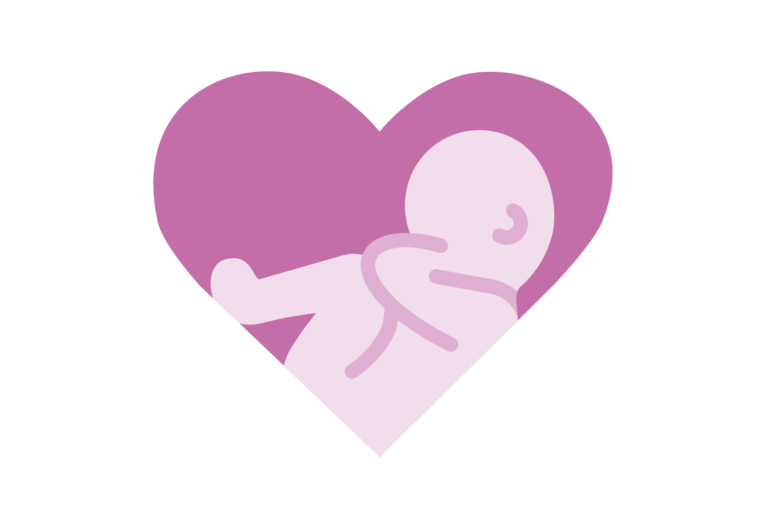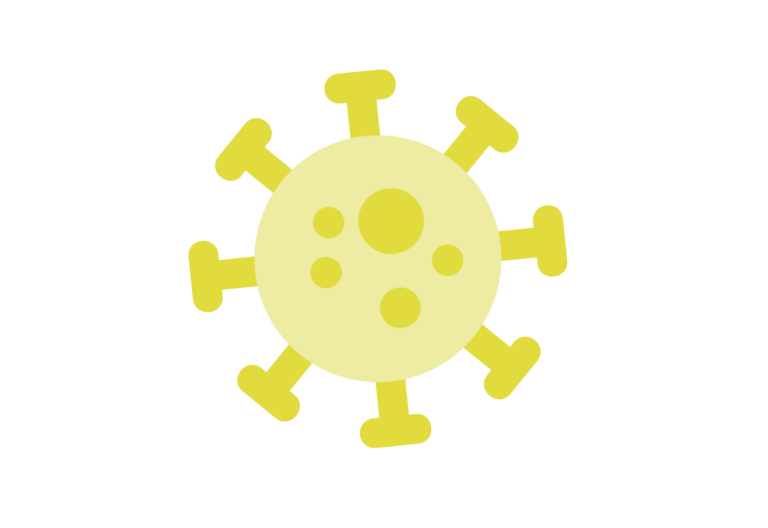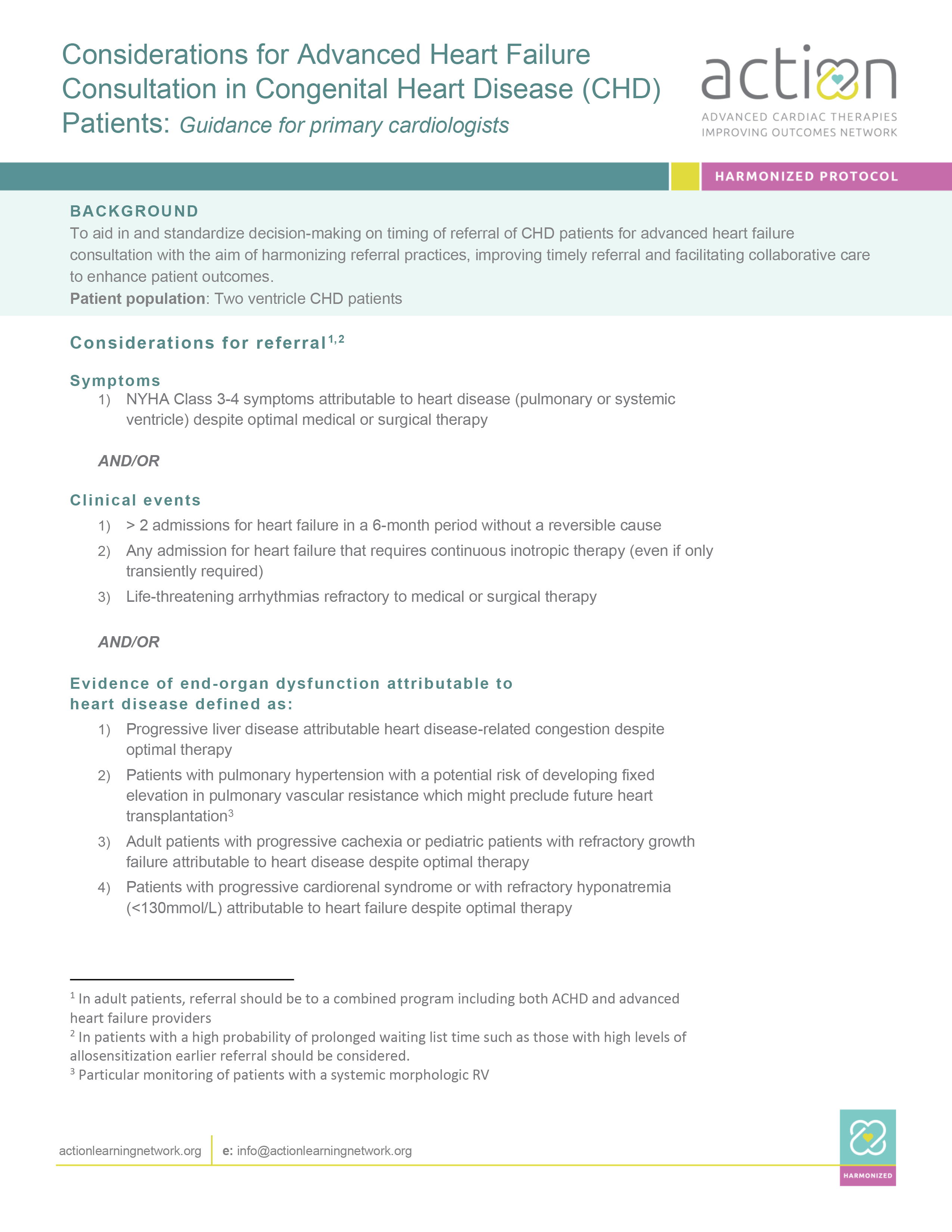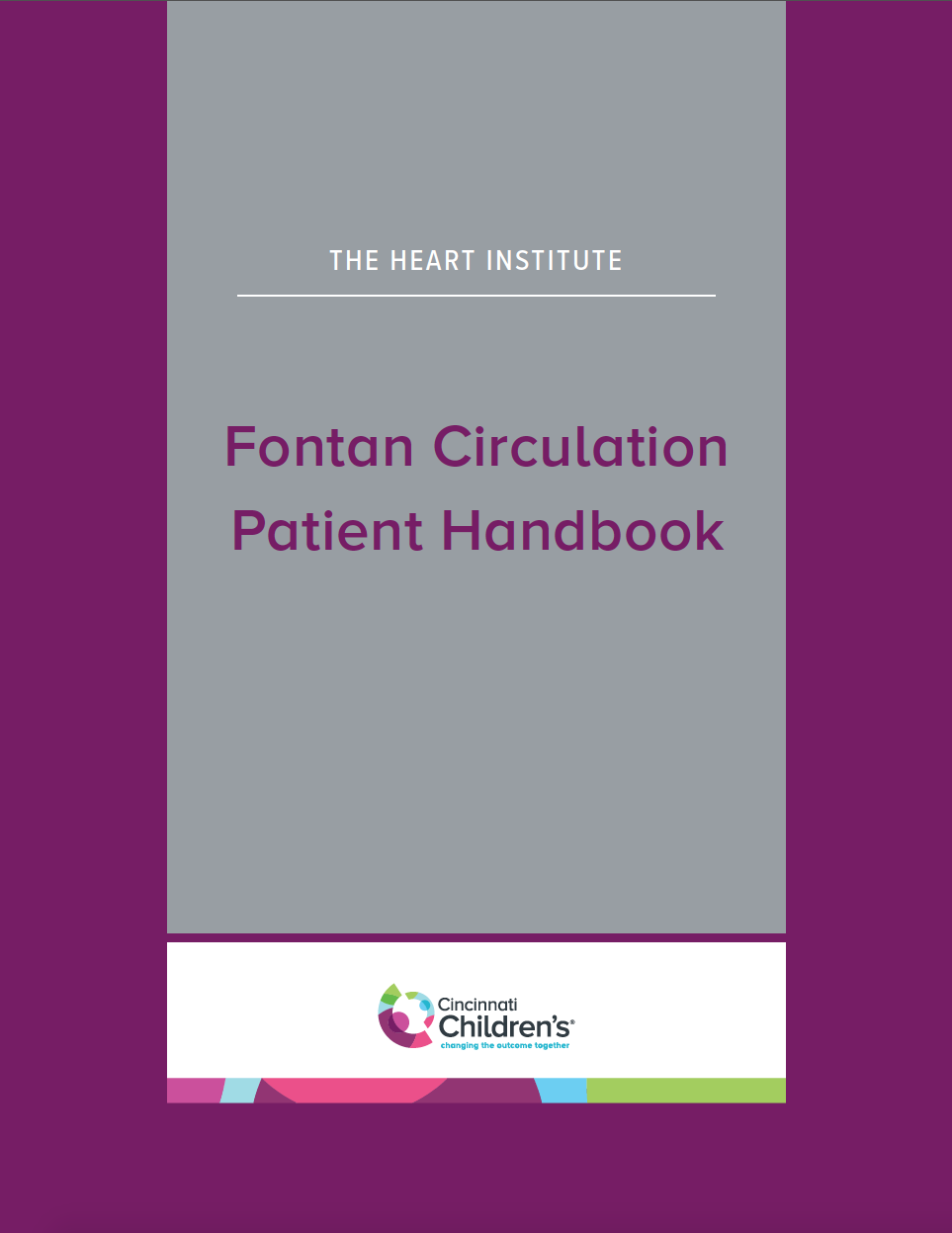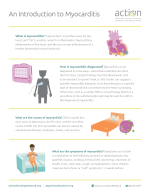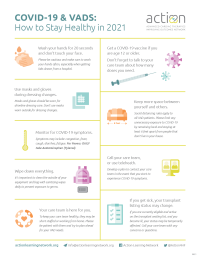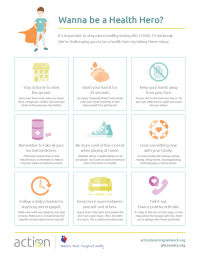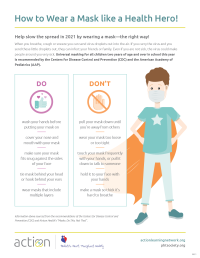-
Overview
-
Congenital Heart Disease
-
Cardiomyopathy
-
Other Causes
As we age, our hearts naturally lose some of their power to pump and fill properly. Some health conditions may cause this to happen sooner than it should. Let’s explore some of the most common causes of heart failure in children and young adults. Causes
Check out our additional resources for children and adults with congenital heart disease below. Ventricular assist devices can help adults with congenital heart disease live longer, healthier, better quality lives. Learn what factors your doctor considers when referring CHD patients for advanced heart failure consultation. Everyone’s journey will look a little different. Use this map to get a feel for what lies ahead. It will also help you understand when you should be reading and learning about different phases of the journey. Fortunately, like with other types of CHD, cardiologists and cardiac surgeons have discovered ways to allow you to survive and thrive throughout childhood with only one ventricle. If you were born with only one ventricle, you likely went through several heart surgeries early in your life and may now have a Fontan circulation. The Fontan circulation is developed when a pediatric cardiac surgeon creates a pathway for blood to return to your lungs for oxygen directly, without circulating through a ventricle. This frees up the one ventricle you have to do the hard work of pumping your blood out to your body. While the Fontan circulation can be very successful, in some cases, the one ventricle will not be able to do all the work of two ventricles and you may experience heart failure. If you have a Fontan circulation and are starting to experience heart failure, you might feel like it’s hard to catch your breath or like your heart is beating in a weird rhythm. Your skin may be more blue-tinted than usual, or you may have swelling in certain areas of your body. Occasionally, because pediatric cardiac surgeons had to make some unnatural changes in your body to create the Fontan circulation, you may develop chronic liver disease, renal insufficiency/failure, and/or problems with your intestines leading to malnutrition. If you are a patient and have a Fontan circulation and have symptoms of heart failure that can’t be controlled with medications, you may need a VAD or a transplant. VADs can help as a form of long-term therapy or they can help you survive until it’s time for your transplant. Watch now to see how ACTION is helping patients with a Fontan circulation, like Brooklyn, to live longer and healthier lives. We are actively collaborating, sharing, and innovating to figure out how best to provide life-saving therapies for Fontan patients. As someone who was born with a single ventricle heart, you have special health concerns now. This book was written by Cincinnati Children’s Fontan team for patients who had Fontan heart surgery. For more information about Fontan, see the following resources. When you are faced with a lifelong heart condition such as congenital heart disease, it can help to connect with others who get what you’re going through. Support groups offer a way to bring people together to share information. This can also help reduce stress and worry and provide helpful education. Mended Hearts/Mended Little Hearts Sisters by Heart The Adult Congenital Heart Association (ACHA) Fortunately, like with other types of CHD, cardiologists and cardiac surgeons have discovered ways to allow you to survive and thrive throughout childhood with only one ventricle. If you were born with only one ventricle, you likely went through several heart surgeries early in your life and may now have a Fontan circulation. The Fontan circulation is developed when a pediatric cardiac surgeon creates a pathway for blood to return to your lungs for oxygen directly, without circulating through a ventricle. This frees up the one ventricle you have to do the hard work of pumping your blood out to your body. While the Fontan circulation can be very successful, in some cases, the one ventricle will not be able to do all the work of two ventricles and you may experience heart failure. If you have a Fontan circulation and are starting to experience heart failure, you might feel like it’s hard to catch your breath or like your heart is beating in a weird rhythm. Your skin may be more blue-tinted than usual, or you may have swelling in certain areas of your body. Occasionally, because pediatric cardiac surgeons had to make some unnatural changes in your body to create the Fontan circulation, you may develop chronic liver disease, renal insufficiency/failure, and/or problems with your intestines leading to malnutrition. If you are a patient and have a Fontan circulation and have symptoms of heart failure that can’t be controlled with medications, you may need a VAD or a transplant. VADs can help as a form of long-term therapy or they can help you survive until it’s time for your transplant. Watch now to see how ACTION is helping patients with a Fontan circulation, like Brooklyn, to live longer and healthier lives. We are actively collaborating, sharing, and innovating to figure out how best to provide life-saving therapies for Fontan patients. As someone who was born with a single ventricle heart, you have special health concerns now. This book was written by Cincinnati Children’s Fontan team for patients who had Fontan heart surgery. For more information about Fontan, see the following resources. When you are faced with a lifelong heart condition such as congenital heart disease, it can help to connect with others who get what you’re going through. Support groups offer a way to bring people together to share information. This can also help reduce stress and worry and provide helpful education. Mended Hearts/Mended Little Hearts Sisters by Heart The Adult Congenital Heart Association (ACHA)Congenital Heart Disease
Overview
Overview
Congenital Heart Disease Resources
Mechanical Circulatory Support (MCS) in ACHD Patients
Considerations for Advanced Heart Failure Consultation in Congenital Heart Disease (CHD) Patients (CHD Referral)
HeartMate 3™ LVAD ACHD Patient Journey
Scroll down to explore specific types of congenital heart disease.
Fontan Failure
Fontan Failure

Brooklyn’s Journey
Fontan Circulation Patient Handbook
Fontan Resources
mendedhearts.org
sistersbyheart.org
achaheart.orgFontan Failure

Brooklyn’s Journey
Fontan Circulation Patient Handbook
Fontan Resources
mendedhearts.org
sistersbyheart.org
achaheart.org
The word cardiomyopathy means “heart muscle disease.” With cardiomyopathy, the heart muscle becomes damaged. This makes it hard for the heart to relax and pump blood to the rest of the body. Cardiomyopathy can be a mild disease and require little treatment. In some cases, it can be a severe disease, and these patients may need advanced therapies, such as medicines, VAD, or transplant. Different types of cardiomyopathy include: Often, the cause of cardiomyopathy is unknown, but some possible causes may include: Watch what a day in the life is like for 7-year-old HeartWare HVAD patient, Tessa. Tessa has heart failure from cardiomyopathy. Medicines did not work for Tessa, so she received a HeartWare HVAD to help her heart pump blood to her body. This device allows Tessa to wait for her heart transplant. Tessa can play, dance, and go shopping on her VAD! Cardiotoxicity is when heart damage is caused by chemicals or medicines, like chemotherapy. When you receive chemotherapy, you are given medicines to kill cancer cells in your body. Sometimes these drugs also hurt the normal cells in and around your heart. Myocarditis is when the wall of the heart muscle becomes inflamed, usually due to a viral infection. A severe case can keep your heart from working as it should. Myocarditis has many causes: For more information, see the handout below: An Introduction to Myocarditis Muscular Dystrophy (MD) is a group of diseases that make muscles become weak over time. If you have MD, it’s likely that you’ll have problems with your heart at some point in your life. In the same way that MD weakens muscles in your body, it can also weaken your heart and lead to cardiomyopathy. This is a condition in which your heart muscle struggles to pump, fill, or beat normally. For more information about Muscular Dystrophy, check out: Hypertrophic cardiomyopathy is when your heart muscle becomes too thick. This makes it harder for the heart to relax or squeeze properly. The abnormal muscle can sometimes lead to life-threatening abnormal heart rhythms or arrhythmias. This condition can go undiagnosed because you can often live with it without showing any symptoms. Cardiotoxicity is when heart damage is caused by chemicals or medicines, like chemotherapy. When you receive chemotherapy, you are given medicines to kill cancer cells in your body. Sometimes these drugs also hurt the normal cells in and around your heart. Myocarditis is when the wall of the heart muscle becomes inflamed, usually due to a viral infection. A severe case can keep your heart from working as it should. Myocarditis has many causes: For more information, see the handout below: An Introduction to Myocarditis Muscular Dystrophy (MD) is a group of diseases that make muscles become weak over time. If you have MD, it’s likely that you’ll have problems with your heart at some point in your life. In the same way that MD weakens muscles in your body, it can also weaken your heart and lead to cardiomyopathy. This is a condition in which your heart muscle struggles to pump, fill, or beat normally. For more information about Muscular Dystrophy, check out: Hypertrophic cardiomyopathy is when your heart muscle becomes too thick. This makes it harder for the heart to relax or squeeze properly. The abnormal muscle can sometimes lead to life-threatening abnormal heart rhythms or arrhythmias. This condition can go undiagnosed because you can often live with it without showing any symptoms.Cardiomyopathy
Overview
Overview
Tessa’s Journey
Scroll down to explore specific types of Cardiomyopathy.
Cardiotoxicity
Myocarditis
Muscular Dystrophy
Hypertrophic
Cardiotoxicity

Myocarditis
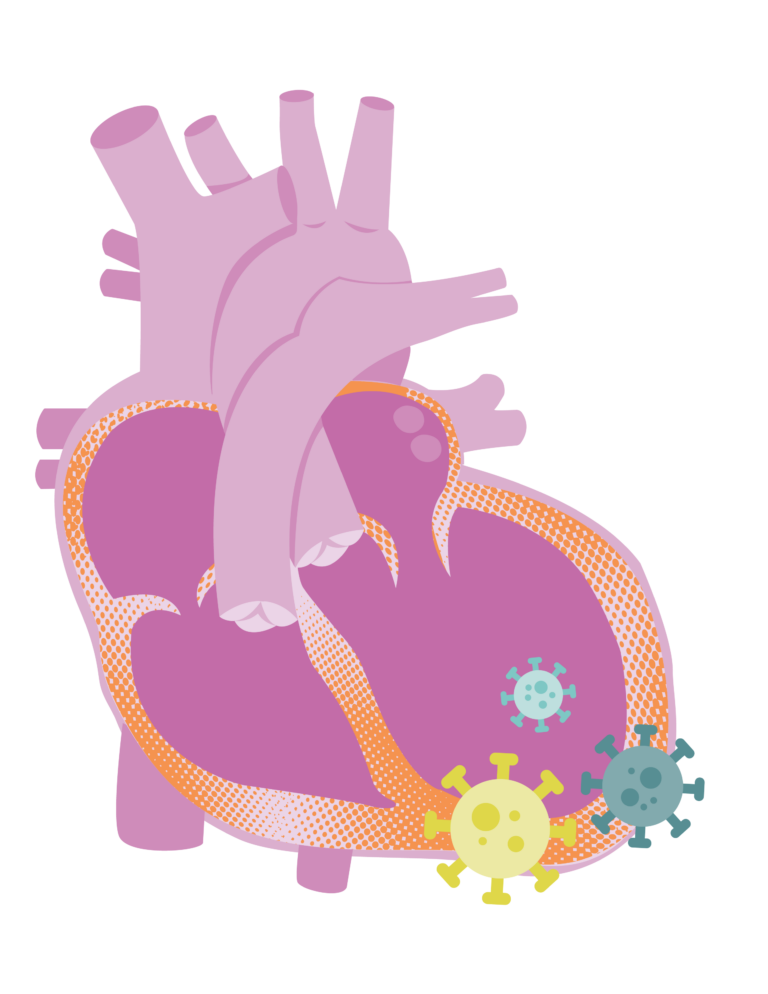
Muscular Dystrophy
Christian & Ricky’s Stories
Christian and Ricky have Muscular Dystrophy. Both of their hearts became weakened, and heart medications did not work. They needed something to help them feel better and live longer. They each got a Ventricular Assist Device (VAD) to help their weakened hearts pump blood to their bodies. Watch as Christian and Ricky teach you about their HeartMate 3 VAD. Resources
Parent Project Muscular Dystrophy
parentprojectmd.orgHypertrophic
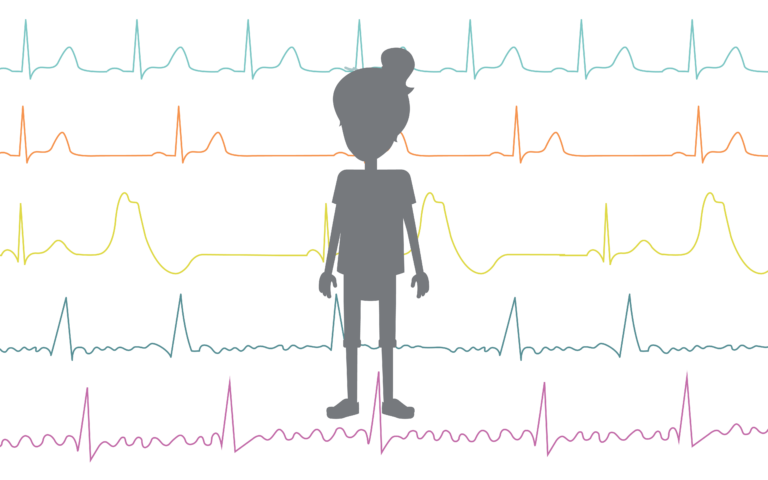
Cardiotoxicity

Myocarditis

Muscular Dystrophy
Christian & Ricky’s Stories
Christian and Ricky have Muscular Dystrophy. Both of their hearts became weakened, and heart medications did not work. They needed something to help them feel better and live longer. They each got a Ventricular Assist Device (VAD) to help their weakened hearts pump blood to their bodies. Watch as Christian and Ricky teach you about their HeartMate 3 VAD. Resources
Parent Project Muscular Dystrophy
parentprojectmd.orgHypertrophic

Beyond Cardiomyopathy and Congenital Heart Disease, there are other causes as well. When you receive a heart transplant, the new donor heart is called a “graft.” Transplanted hearts, or grafts, can develop heart failure over time. This may happen because of coronary artery disease due to chronic or recurrent rejection. Here’s what we know: Although more common in adults, children can also get the virus that causes COVID-19. Common symptoms may include fever, cough, runny nose, diarrhea, vomiting, loss of smell, or headache. Most COVID-19 infections in children are mild or get better with medical care. It’s important for all of us to help prevent the spread of COVID-19, especially among vulnerable child populations. Children and adults can reduce their risk of exposure by wearing a mask in public, social distancing, and washing hands frequently. Some children and adult patients can experience more serious problems as a result of COVID-19. These include myocarditis or multisystem inflammatory syndrome (MIS-C): When you receive a heart transplant, the new donor heart is called a “graft.” Transplanted hearts, or grafts, can develop heart failure over time. This may happen because of coronary artery disease due to chronic or recurrent rejection. Here’s what we know: Although more common in adults, children can also get the virus that causes COVID-19. Common symptoms may include fever, cough, runny nose, diarrhea, vomiting, loss of smell, or headache. Most COVID-19 infections in children are mild or get better with medical care. It’s important for all of us to help prevent the spread of COVID-19, especially among vulnerable child populations. Children and adults can reduce their risk of exposure by wearing a mask in public, social distancing, and washing hands frequently. Some children and adult patients can experience more serious problems as a result of COVID-19. These include myocarditis or multisystem inflammatory syndrome (MIS-C):Other Causes
Overview
Overview
Scroll down to explore other causes of heart failure.
Transplant
Graft FailureCOVID-19
Transplant Graft Failure
COVID-19
 To keep our children and communities safe during the COVID-19 pandemic, it is important to stay informed with updated research and medical insights.
To keep our children and communities safe during the COVID-19 pandemic, it is important to stay informed with updated research and medical insights.
Resources
COVID-19 & VADs: How to Stay Healthy in 2021
Wanna be a Health Hero?
How to Wear a Mask like a Health Hero
Transplant Graft Failure
COVID-19
 To keep our children and communities safe during the COVID-19 pandemic, it is important to stay informed with updated research and medical insights.
To keep our children and communities safe during the COVID-19 pandemic, it is important to stay informed with updated research and medical insights.
Resources
COVID-19 & VADs: How to Stay Healthy in 2021
Wanna be a Health Hero?
How to Wear a Mask like a Health Hero

